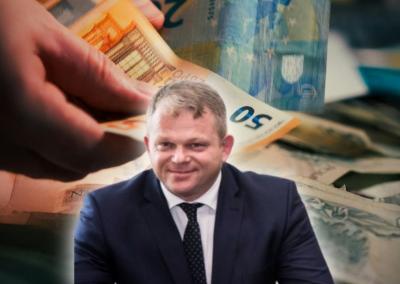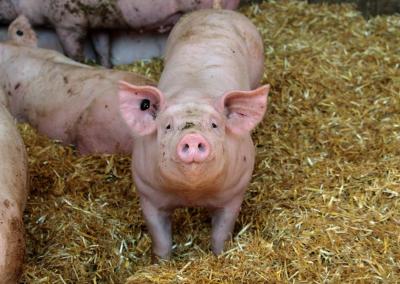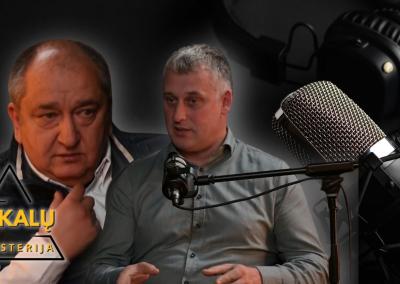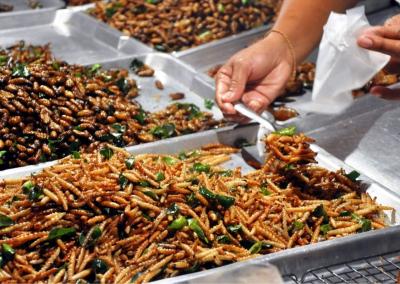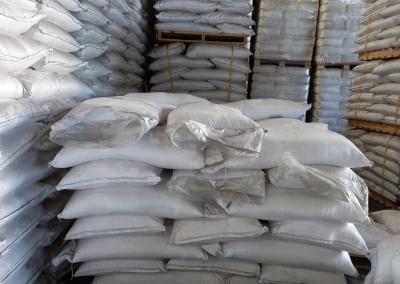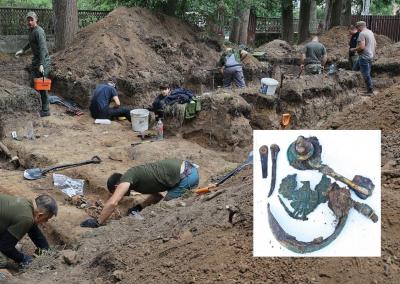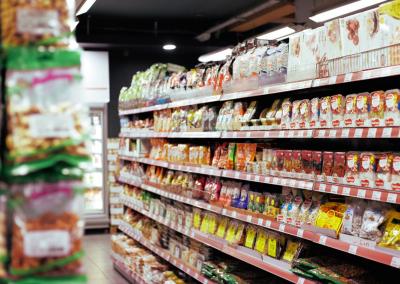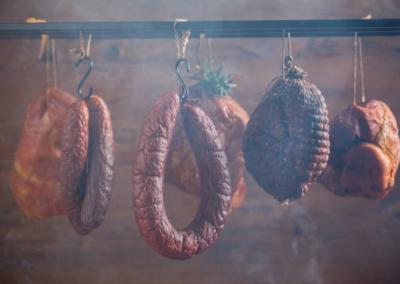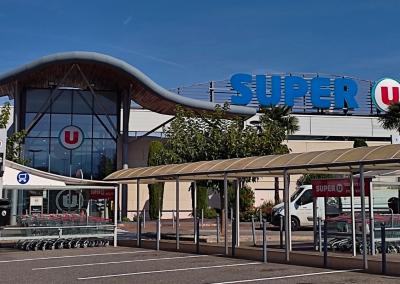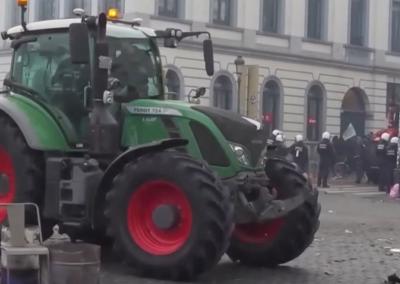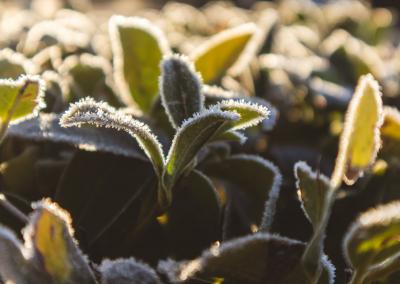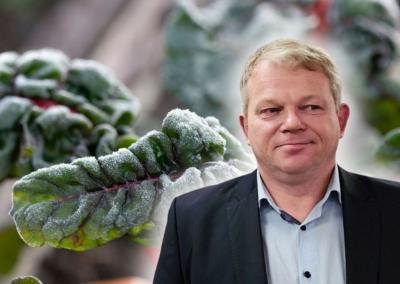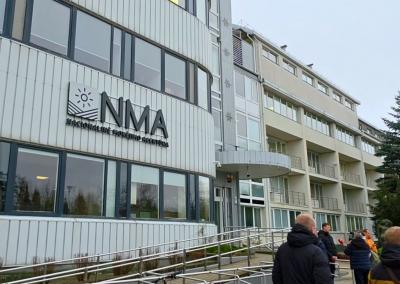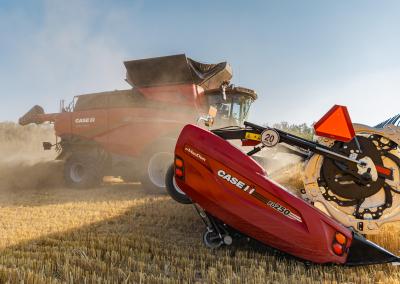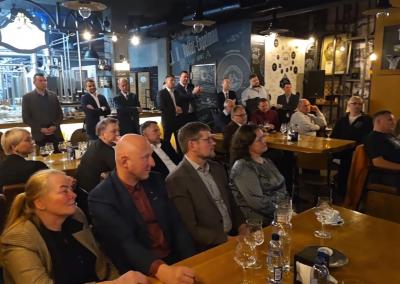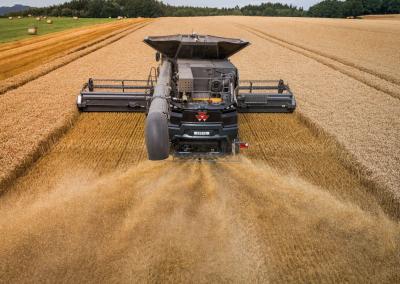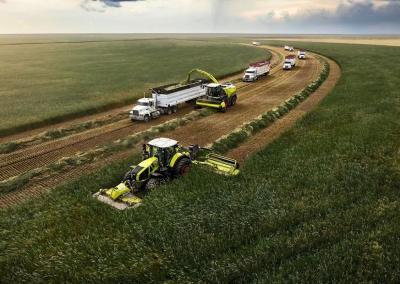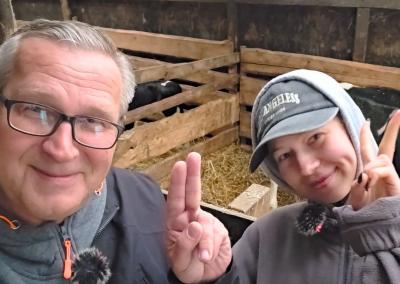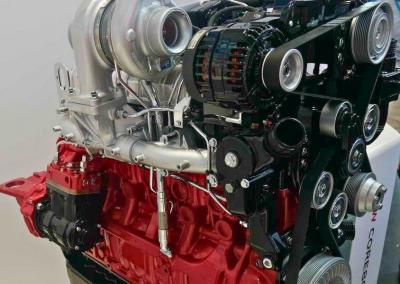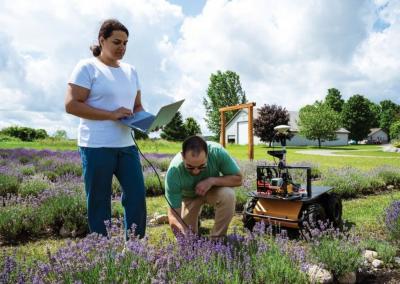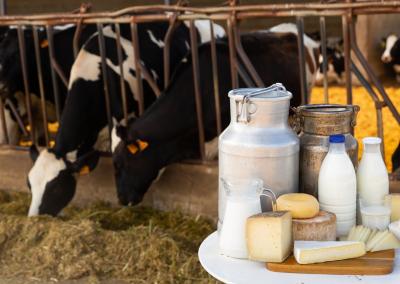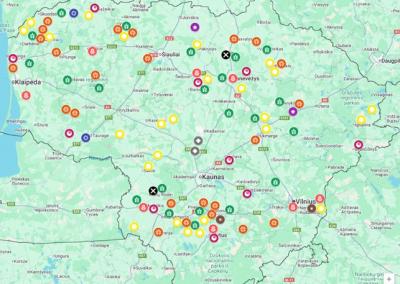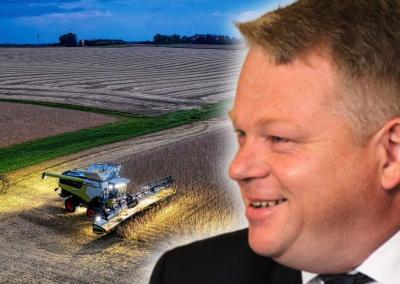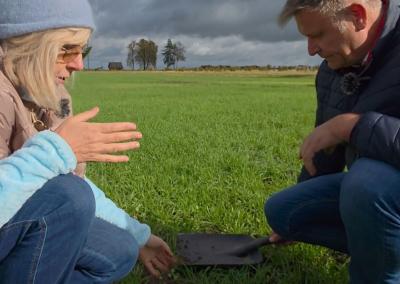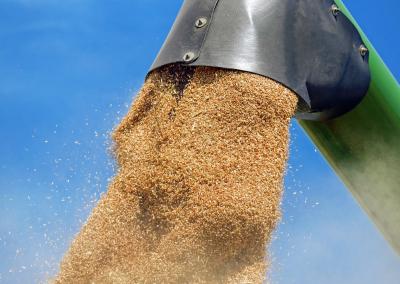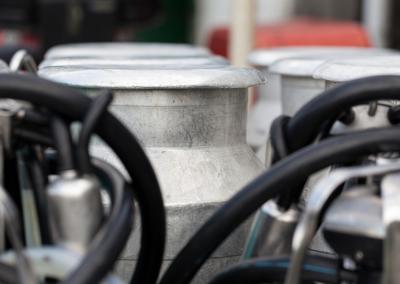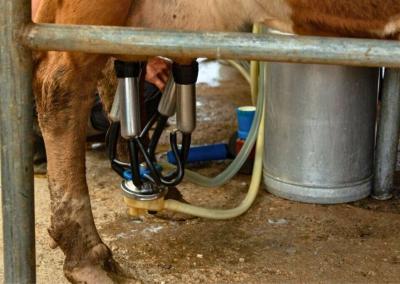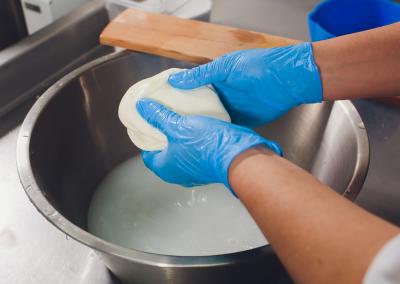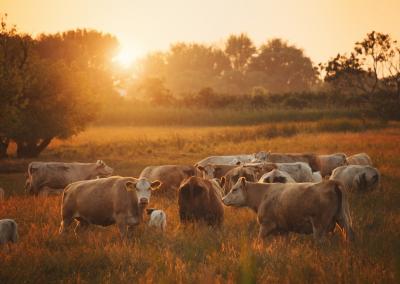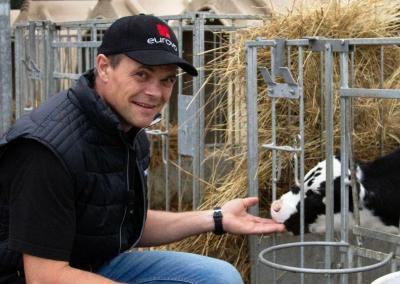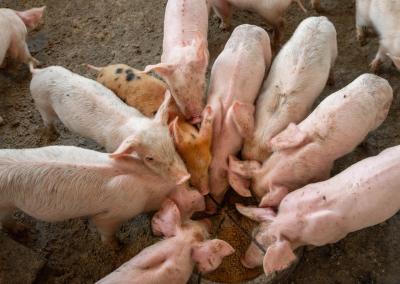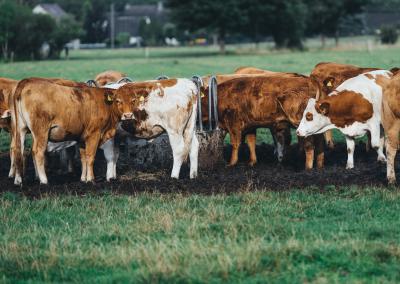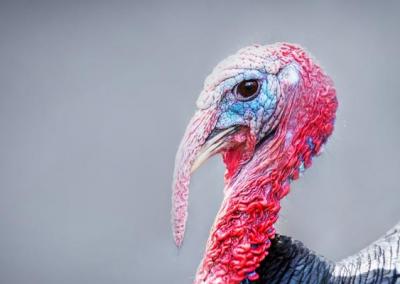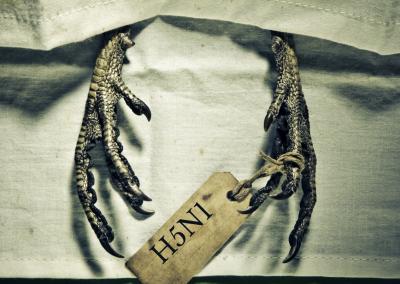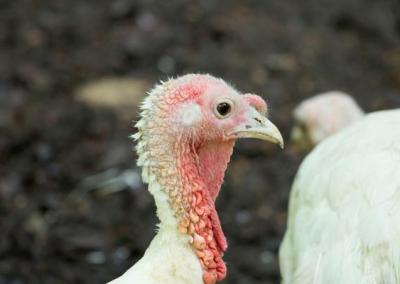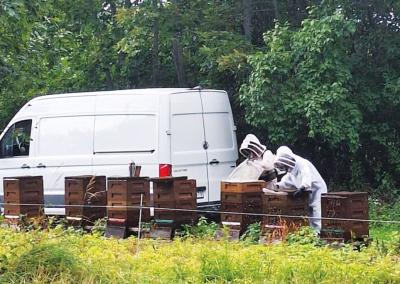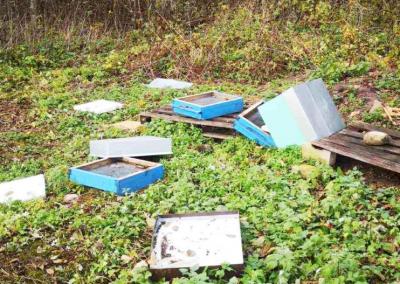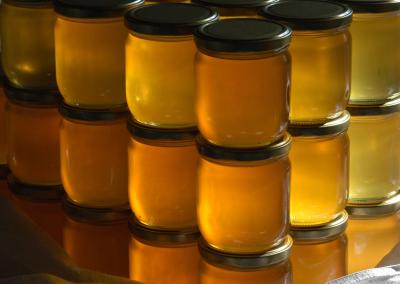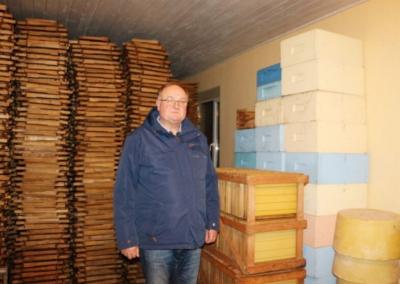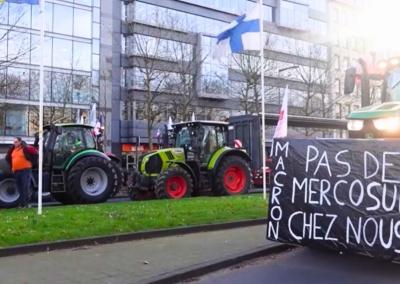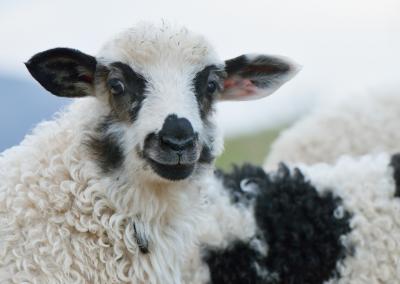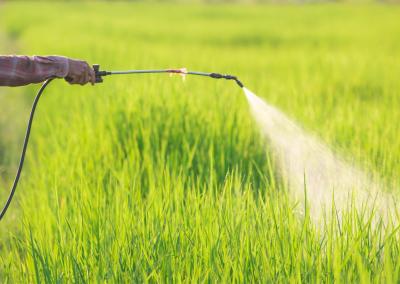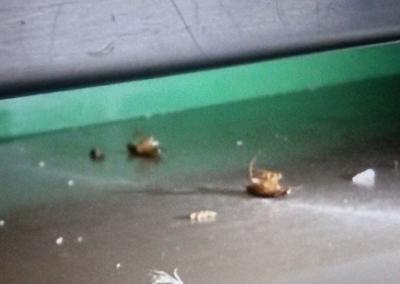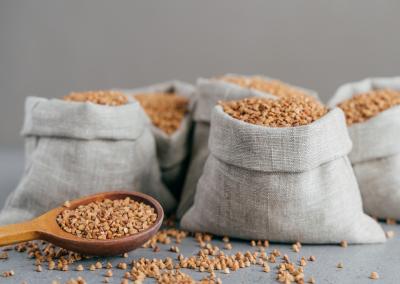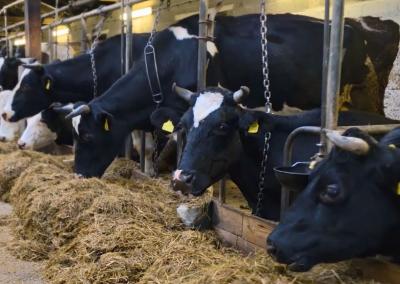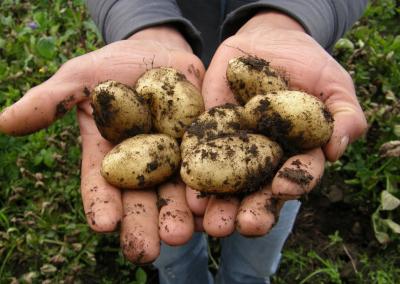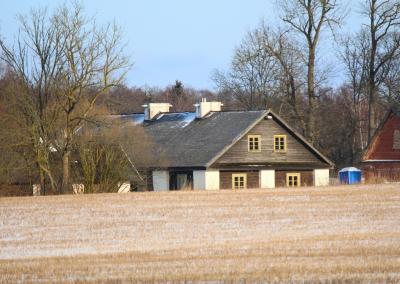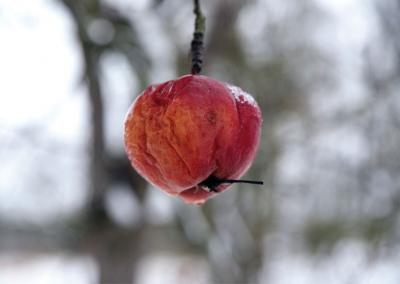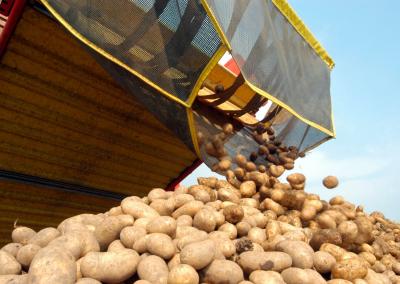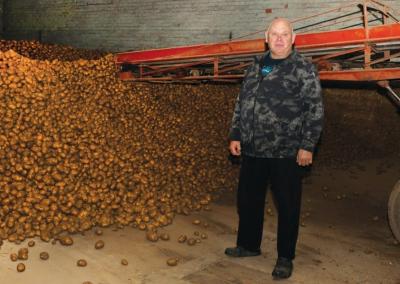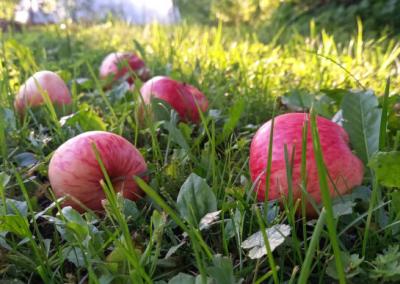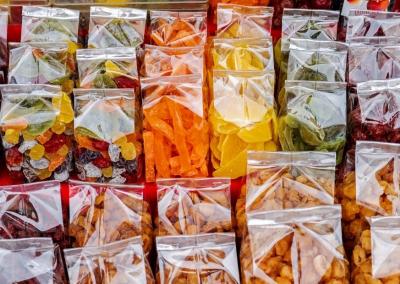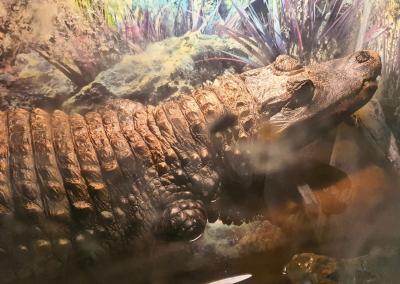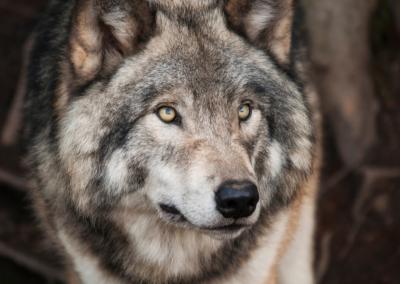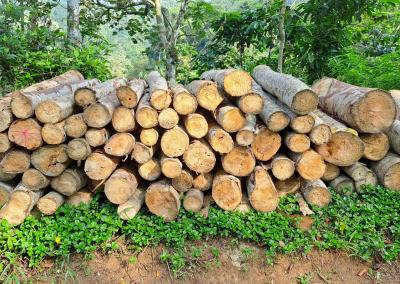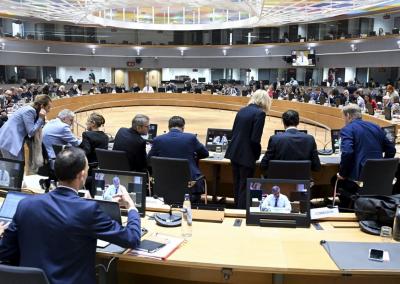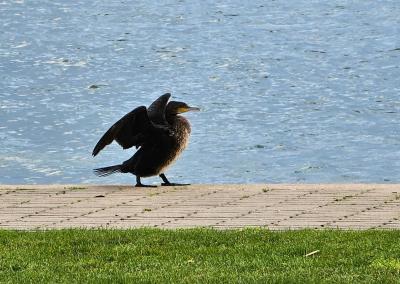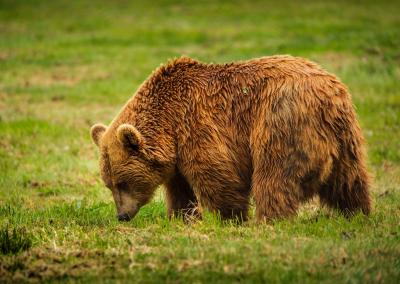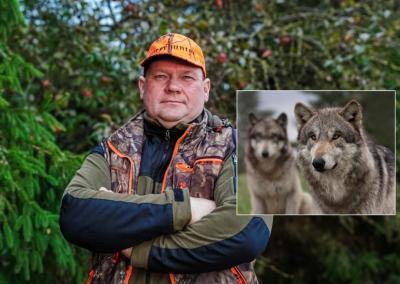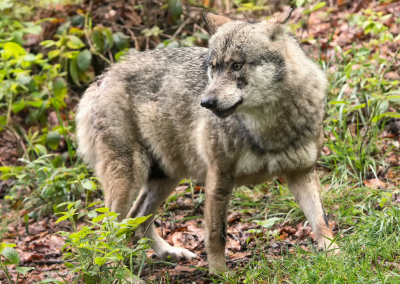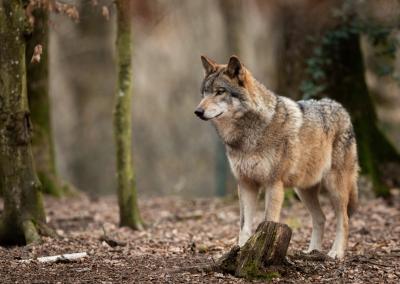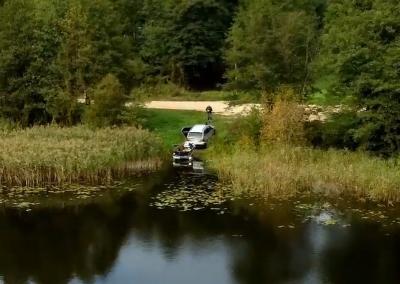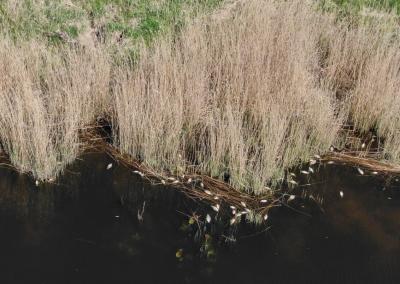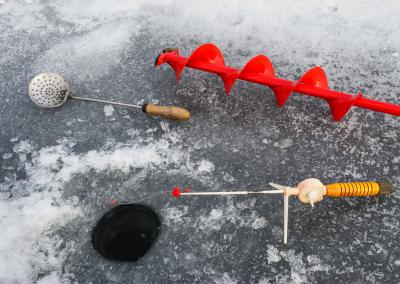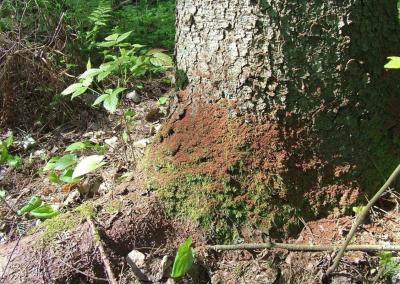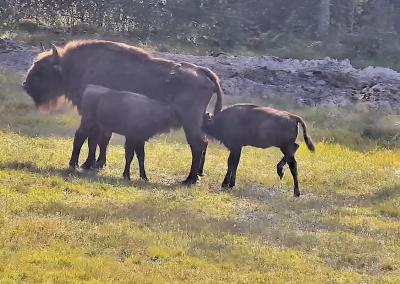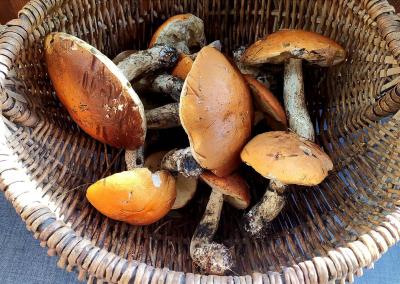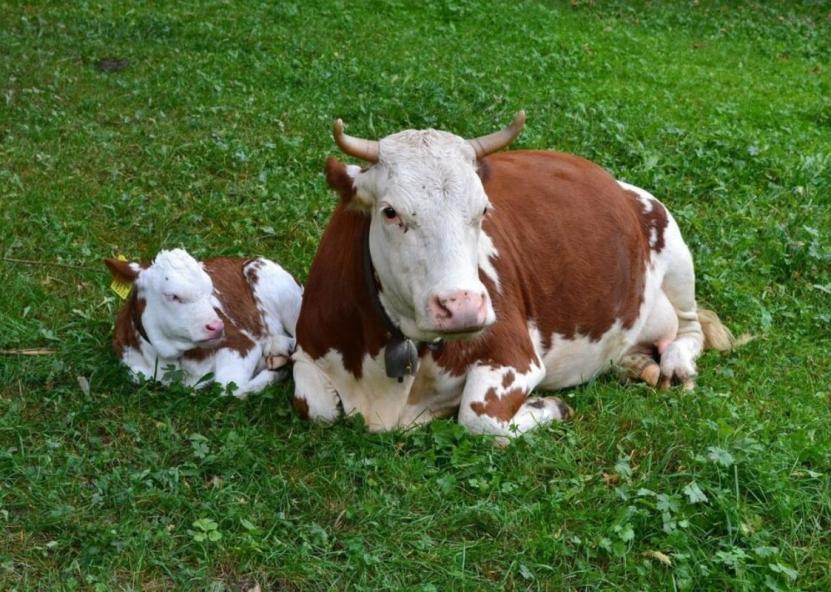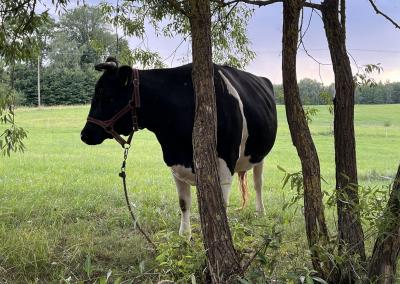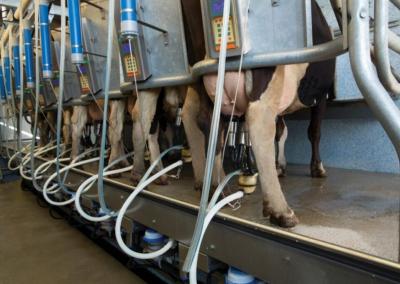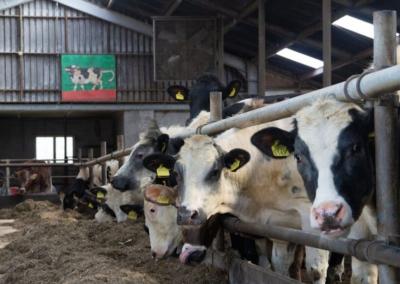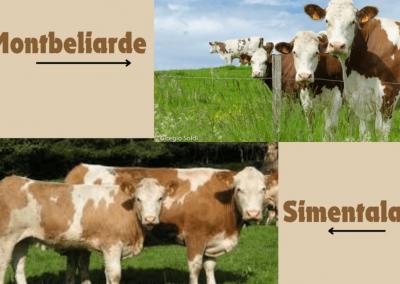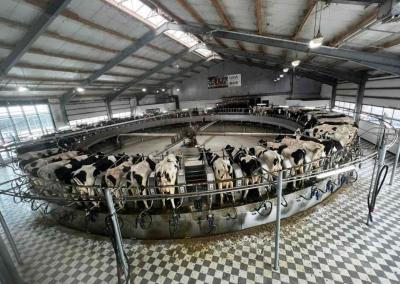The heifer factory: how to manage an economy of surplus?
Interview with Dr Donata Uchockiene, UAB „Gameta LT“
Dairy Farm: The use of sexed semen on farms is increasing, but there are still questions about whether it really pays off, or whether it creates new problems?
Donata Uchockiene: The farmers' questions are indeed logical. Sexed semen fundamentally changes the structure of the herd. When we use it extensively, we get a lot more heifers than we would get with conventional semen. This creates what is known as a "heifer factory", a situation where more heifers are produced than the farm needs to renew the herd. And then the question becomes – is it a burden or is it an investment.
How to deal with surplus heifers?
Herein lies the big benefit. If more heifers are born on the farm, there is an opportunity to select only the best ones. This allows us to raise the genetic level of the herd more quickly because we are no longer forced to breed them all in a row. Weaker heifers can be sold or inseminated with semen from beef bulls. This is no longer a problem, but a freedom of selection. Studies show that farms that systematically apply this practice have up to twice the genetic progress (Garcia-Ruiz et al., 2016).
What does the economic side look like?
Often farmers say – sexed semen is expensive. But we need to see the bigger picture. There is an opportunity to sell surplus heifers after they are bred, making the farm herd healthier and more productive. There is also a strategic combination: the most valuable cows are inseminated with sexed semen and the lower value cows with semen from beef bulls. In this way, we get a double economic benefit: more heifers for selection and more valuable calves for the market. The IFCN Dairy Research Network estimates that this combination increases profitability by around €120 to €150 per cow per year on the average European farm (IFCN, 2022).
What about farms that say they have too many heifers?
Here is the key point – farm planning. If you don't plan, then you may indeed find that there are „too many heifers“. But if you are strategic, that surplus allows you to sell young animals, to increase your cash flow. In addition, heifers of high genetic value are today a sought-after commodity both in Lithuania and for export. When I talk to farmers, I tell them: it is better to have too many heifers to choose from than too few and no heifers to choose from.
What advice would you give to Lithuanian farms that are still considering sexed semen?
First & foremost – look at it as an investment, not just an expense. Sexed semen is not a "game" – it only works when the farm has a clear breeding strategy: which cows to breed, which ones to inseminate with beef bulls, how many heifers to keep. If there is no such plan, the results are disappointing. But where there is a plan, sexed semen becomes one of the strongest economic instruments.
Sources:
Garcia-Ruiz, A., Cole, J. B., VanRaden, P. M., Wiggans, G. R., Ruiz-López, F. J., & Van Tassell, C. P. (2016). Changes in genetic selection differentials and generation intervals in US Holstein dairy cattle as a result of genomic selection. Proceedings of the National Academy of Sciences, 113(28), E3995–E4004.
IFCN Dairy Research Network (2022). Annual Dairy Report 2022. IFCN, Kiel, Germany.

